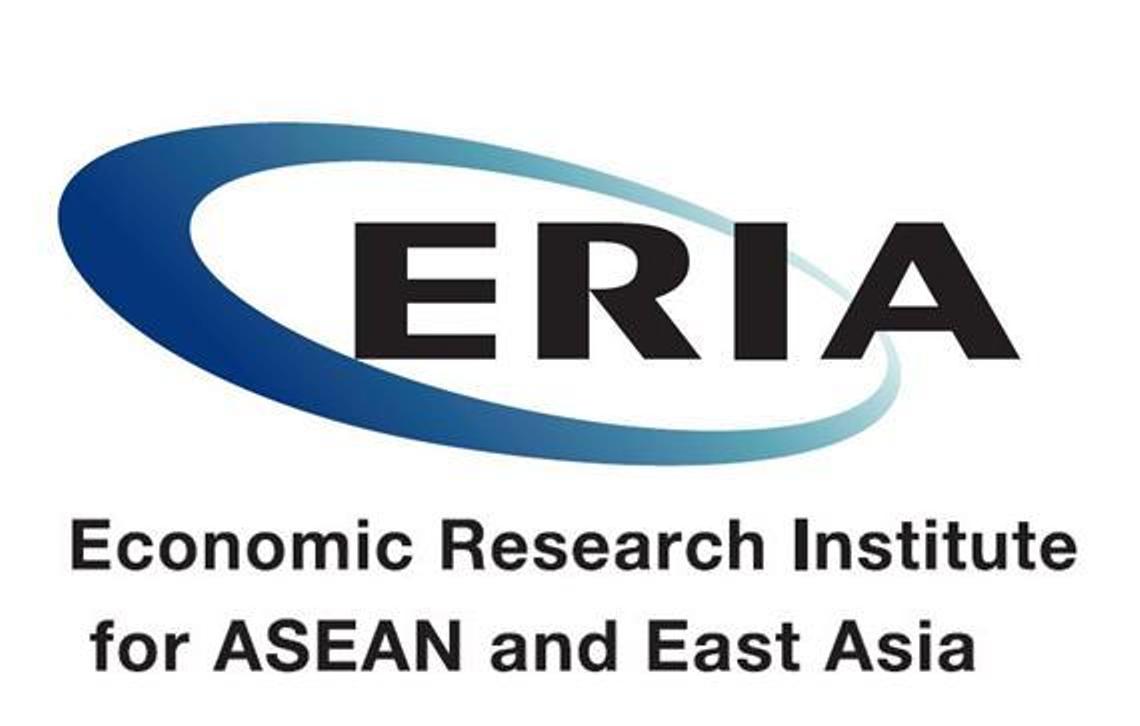A new study by the Economic Research Institute for Asean and East Asia has highlighted 2 serious challenges for the nation’s industrial development while identifying key policy measures to address them.
The study was represented to local media officials by one of the authors Prof. Hidetoshi Nishimura at a dinner reception in Vientiane this week.
“Lao PDR at the Crossroads: Industrial Development Strategies 2016” details that while the nation has experienced strong economic growth since 1991 this has been concentrated in only a few sectors such as mining and energy. It also notes that development gaps have widened within the country.
The new study aims to provide potential inputs from different perspectives, particularly to mid- and long-term comprehensive industrial development strategies.
It also intends to pose policy measures that can turn the weaknesses of Laos (‘landlocked’ location) into its strength (‘land-linked’ location).
The book’s authors outlined Laos’ long-term plans including the 10-year development strategy and the 2030 vision to prepare for a post least developed country status.
They said productivity growth, consolidation of knowledge and skills, capitalisation of comparative advantages, acquisition and application of science and technology, and continuous diversification of economic activities constitute the central part of these official plans.
Reducing service link costs is critical for Laos since the modern industrial economy decentralised production blocks, which were previously integrated in a large domestic well located factory.
Another significant feature to note is to ensure interconnection between industrial promotion and international trade policies, and the transformation from a ‘resource cursed’ to ‘resource blessed’ economic system.
Human resources particularly are the key for industrial development of the country. Job-relevant skills can be enhanced through internship programmes and on-the-job training.
Additionally, industrial estates have played a key role in establishing an industrial cluster that is critically essential for realising industrialisation and economic development of developing countries.
The authors noted that in comparison, Thai industrial estates had mostly been accumulated around Bangkok, which is why Thailand has succeeded in forming a significant industrial cluster there.
But at the same time, such accumulation of industrial estates results in excessive concentration in Bangkok and thereby regional development disparity.
In Vietnam, while industrial estates have successfully formed industrial clusters in Hanoi and Ho Chi Minh cities, most of them are in unfavourable locations and suffer from low occupancy, thus failing to expand industrial clusters nationwide.
In Laos, industrial clusters are in the midst of emerging. However, the problem is that operational industrial estates are quite limited among the existing special and specific economic zones.
It is urgently necessary to revitalise industrial estates in Laos so that they can grow into industrial clusters.
The new study recommends Laos to focus on various economic industrial sectors; first, mining and energy, along with finance (SMEs) and transportation industries as foundation economic activities.
Second, agriculture, food processing and tourism industries can be a tool of balanced development. Third, the garment and other labour-intensive industries, such as the electronic machinery industry and transport equipment industry can be drivers of accelerated economic growth led by exports.
Source: Vientiane Times



